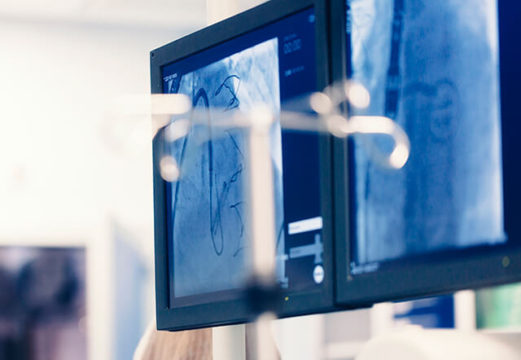Most post-angioplasty findings with optical coherence tomography (OCT) were not associated with clinical adverse events. Exceptions were small intra-stent area, and significant malapposition.

Suboptimal findings after angioplasty are very common (almost expected), although their clinical implications are uncertain. This registry—recently published in JACC—was developed in an attempt to answer these questions.
The analysis included a total of 1290 consecutive patients with 1348 lesions who underwent angioplasty and had an OCT performed immediately after stenting.
OCT findings were registered to try and find an association between stenting and device-oriented adverse events (cardiac death, vessel-related infraction, stent thrombosis, and lesion revascularization).
The median follow-up was almost 4 years, and no association was observed between adverse events and stent edge dissection, plaque prolapse, thrombus, and malapposition after stenting.
That notwithstanding, patients with very significant malapposition (total malapposed volume ≥7 mm3) had more events, thus resulting in an independent predictor (hazard ratio: 6.12; p = 0.003).
Read also: IVUS vs OCT to Guide PCI: Which Should We Choose?
At the 3, 6 and 9-month follow-up, very significant malapposition immediately after the procedure correlated with late malapposition and uncovered struts.
Conclusion
Most OCT findings after stenting are not associated with clinical events. The only exceptions may be small intra-stent area, which mainly correlates with revascularization, and very significant malapposition, which is associated with major adverse events.
Original Title: Clinical Implications of Post-Stent Optical Coherence Tomographic Findings: Severe Malapposition and Cardiac Events.
Reference: Byung Gyu Kim et al. JACC Cardiovasc Imaging 2021. Online ahead of print. doi: 10.1016/j.jcmg.2021.03.008.
Subscribe to our weekly newsletter
Get the latest scientific articles on interventional cardiology





